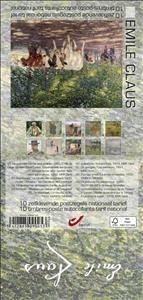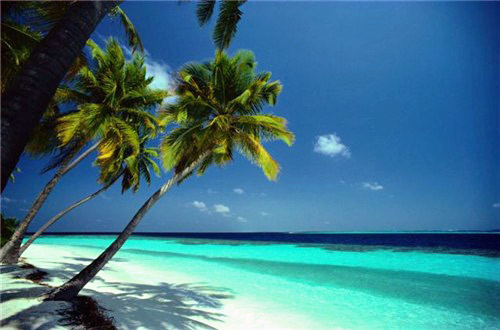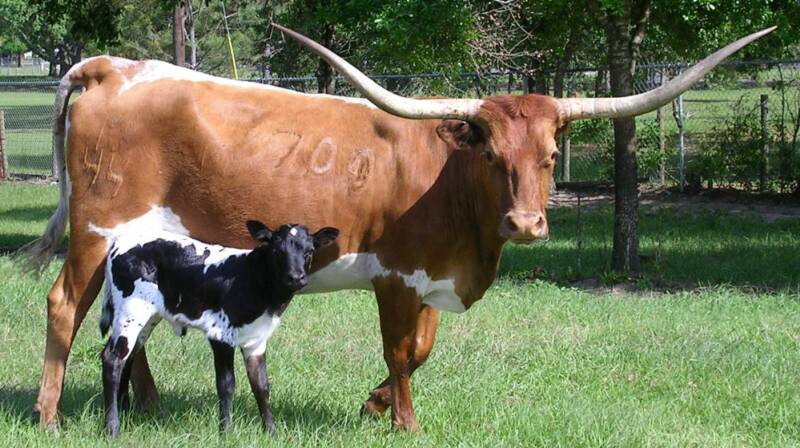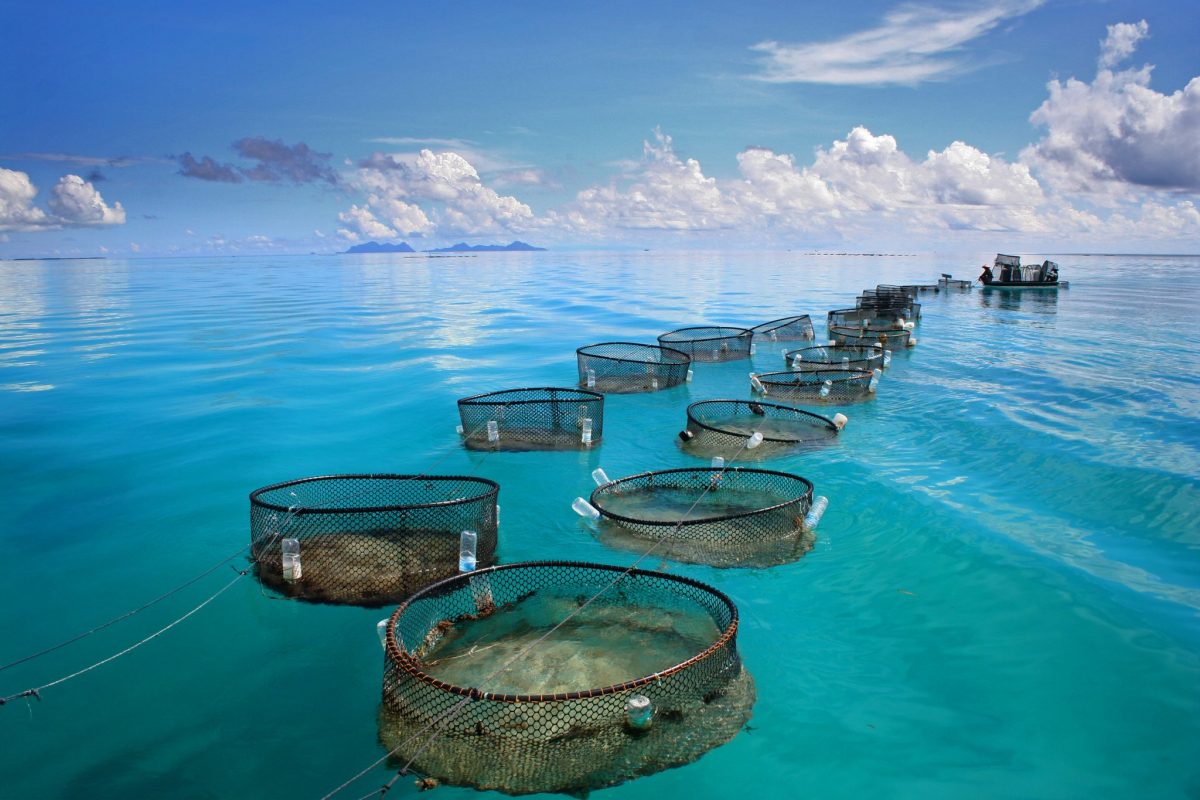Booklet: The Art of Emile Claus (Belgium 2024)
The Art of Emile Claus (Belgium 2024)
10 June (Belgium ) within release The Art of Emile Claus (2024) goes into circulation Booklet The Art of Emile Claus face value 10*1 No Face Value
| Booklet The Art of Emile Claus in catalogues | |
|---|---|
| Colnect codes: | Col: BE 2024.06.10-03 |
Booklet is vertical format.
Face value € 1.43 per stamp on day of issueAlso in the issue The Art of Emile Claus (2024):
- Booklet - The Art of Emile Claus face value 10*1;
- Stamp - The Art of Emile Claus face value 1;
- Stamp - The Art of Emile Claus face value 1;
- Stamp - The Art of Emile Claus face value 1;
- Stamp - The Art of Emile Claus face value 1;
- Stamp - The Art of Emile Claus face value 1;
- Stamp - The Art of Emile Claus face value 1;
- Stamp - The Art of Emile Claus face value 1;
- Stamp - The Art of Emile Claus face value 1;
- Stamp - The Art of Emile Claus face value 1;
- Stamp - The Art of Emile Claus face value 1;
Booklet The Art of Emile Claus it reflects the thematic directions:
Agriculture is the cultivation and breeding of animals, plants and fungi for food, fiber, biofuel, medicinal plants and other products used to sustain and enhance human life.[1] Agriculture was the key development in the rise of sedentary human civilization, whereby farming of domesticated species created food surpluses that nurtured the development of civilization. The study of agriculture is known as agricultural science. The history of agriculture dates back thousands of years, and its development has been driven and defined by greatly different climates, cultures, and technologies. Industrial agriculture based on large-scale monoculture farming has become the dominant agricultural methodology.
Art is a diverse range of human activities in creating visual, auditory or performing artifacts (artworks), expressing the author's imaginative or technical skill, intended to be appreciated for their beauty or emotional power. In their most general form these activities include the production of works of art, the criticism of art, the study of the history of art, and the aesthetic dissemination of art. The oldest documented forms of art are visual arts, which include creation of images or objects in fields including painting, sculpture, printmaking, photography, and other visual media. Architecture is often included as one of the visual arts; however, like the decorative arts, or advertising, it involves the creation of objects where the practical considerations of use are essential—in a way that they usually are not in a painting, for example. Music, theatre, film, dance, and other performing arts, as well as literature and other media such as interactive media, are included in a broader definition of art or the arts. Until the 17th century, art referred to any skill or mastery and was not differentiated from crafts or sciences. In modern usage after the 17th century, where aesthetic considerations are paramount, the fine arts are separated and distinguished from acquired skills in general, such as the decorative or applied arts.
A beach is a landform alongside a body of water which consists of loose particles. The particles composing a beach are typically made from rock, such as sand, gravel, shingle, pebbles, etc., or biological sources, such as mollusc shells or coralline algae. Sediments settle in different densities and structures, depending on the local wave action and weather, creating different textures, colors and gradients or layers of material.
Bulls and cows (also known as cows and bulls or pigs and bulls) is a code-breaking mind or paper and pencil game for two or more players. The game is played in turns by two opponents who aim to decipher the other's secret code by trial and error.
Cattle (Bos taurus) are large, domesticated, bovid ungulates widely kept as livestock. They are prominent modern members of the subfamily Bovinae and the most widespread species of the genus Bos. Mature female cattle are called cows and mature male cattle are bulls. Young female cattle are called heifers, young male cattle are oxen or bullocks, and castrated male cattle are known as steers.
Coastal areas are local administrative units (LAUs) that are bordering or close to a coastline. A coastline is defined as the line where land and water surfaces meet (border each other).
Fishery can mean either the enterprise of raising or harvesting fish and other aquatic life or, more commonly, the site where such enterprise takes place (a.k.a., fishing grounds).Commercial fisheries include wild fisheries and fish farms, both in freshwater waterbodies (about 10% of all catch) and the oceans (about 90%). About 500 million people worldwide are economically dependent on fisheries. 171 million tonnes of fish were produced in 2016, but overfishing is an increasing problem, causing declines in some populations.
A woman is an adult female human. Before adulthood, a woman is referred to as a girl (a female child or adolescent)








